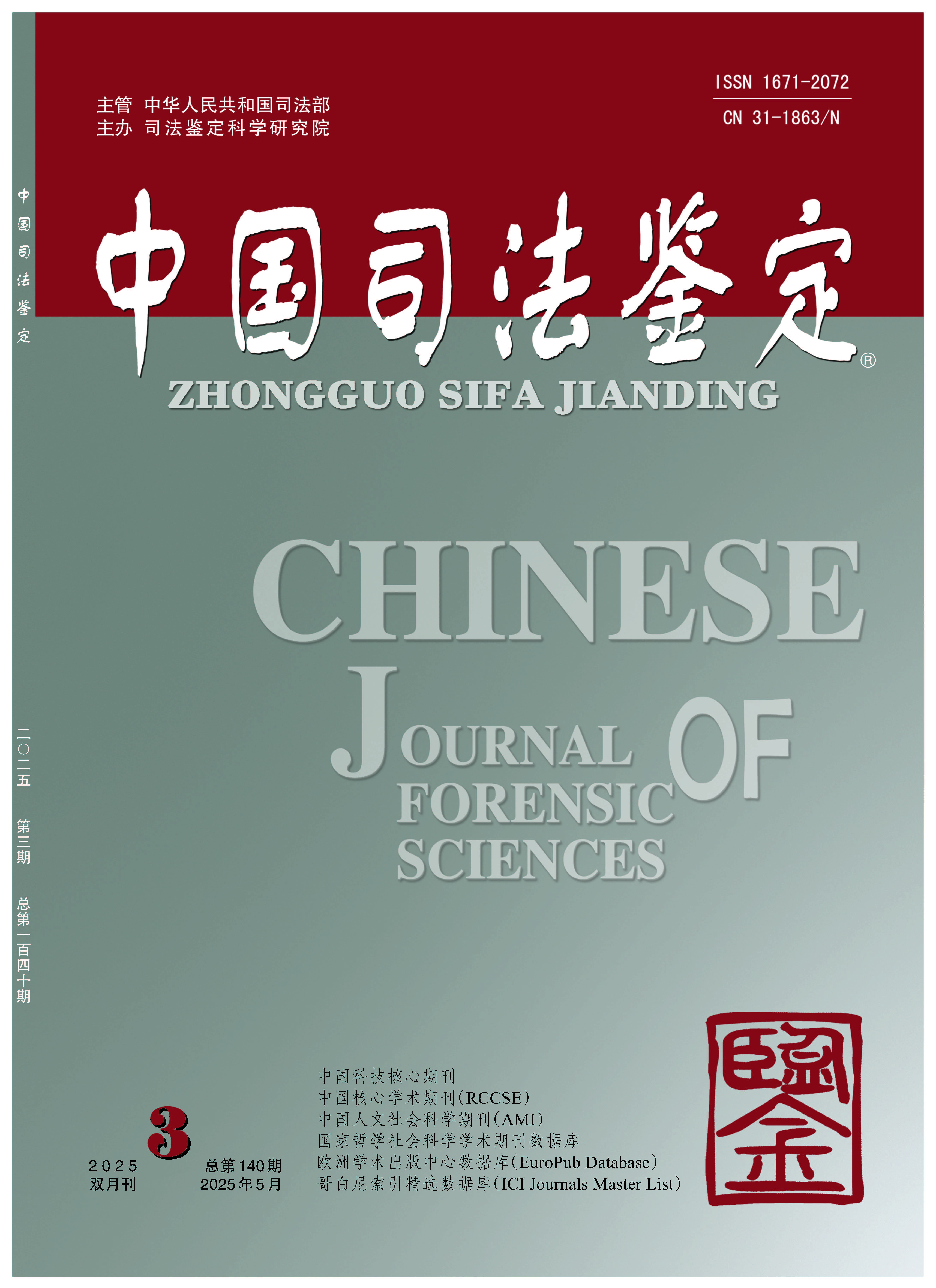|
|
On Joint Appraisal:From the Perspective of Forensic Appraisal of Environmental Damage
HE Jiao, LI Xuejun
2025(3):
19-29.
DOI: 10.3969/j.issn.1671-2072.2025.03.003
Joint appraisal is an important method for addressing the “mass-involved” specialized issues that involve multiple professions, appraisal categories, and regions. Compared with comprehensive appraisal, joint appraisal is more in line with the relevant existing regulations in China, and better highlights the new appraisal model of cooperation among multiple appraisal entities. In environmental damage cases, specialized issues are common, complex, and intertwined. The traditional model of appraisal by a single appraisal institution often has problems such as excessive duration and high costs, which seriously affects the choice of forensic appraisal by the case-handling authorities. Just as the “large-scale operation” model is often conducted in handling environmental damage cases, in the field of forensic appraisal of environmental damage, joint appraisal should also be used to address “mass-involved” specialized issues. To fully integrate resources such as talents, equipment, and information from all parties, restrictions on participating entities in joint appraisal should be relaxed, and the participating entities should be determined through selection by the case-handling unit, organization by appraisal industry associations, and other means. In addition, related information should be shared through joint meetings and other means, and consolidated into joint appraisal opinions based on opinions of various stages and regions.
References |
Related Articles |
Metrics
|

